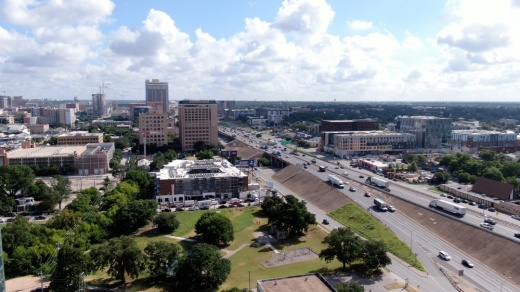During a Dec. 8 meeting, Austin City Council approved an ordinance allocating funds toward the Cap and Stitch program.
Through an advance funding agreement, the approval allows the Texas Department of Transportation to transfer $1.5 million into the fiscal year 2022-23 Austin Transportation Department Operating Budget Special Revenue Fund. Specifically, the move authorizes use of the money, which is expected to be released this spring, for design and engineering of the Cap and Stitch program.
City information states no additional funds for Cap and Stitch are required from the city’s general fund.
Information from Our Future 35, the city initiative responsible for the Cap and Stitch plan, states caps are “large decks over the highway,” and stitches are “widened bridges over a highway to support amenities and community spaces,” Ultimately, the project aims to reconnect East and West Austin, according to city information.
"The Dec. 8 approval is the latest advancement for the Cap and Stitch project that has also undergone a predesign phase. During that phase, the city's community advisory committee teamed up with a design team and other technical advisers. The phase has also incorporated several rounds of community input," said Michelle Marx, program manager of Our Future 35 program.
The recent funding approval will also allow Our Future 35 to move into a second planning and development phase.
Additionally, TxDOT representatives will release an analysis of options they are looking at for I-35 in January along with a draft of an environmental impact statement, Marx said. Our Future 35 is also coordinating with TxDOT regarding designs under consideration.
The design will go back to the community for another round of public input in spring 2023, according to city information, though a date range has not yet been set.
“We'll take that feedback and revise the design ideas we've come up with, and then we'll come back to the community and select a preferred design option,” Marx said.
Marx added that following public input in the spring, the design team will work on a construction plan.






